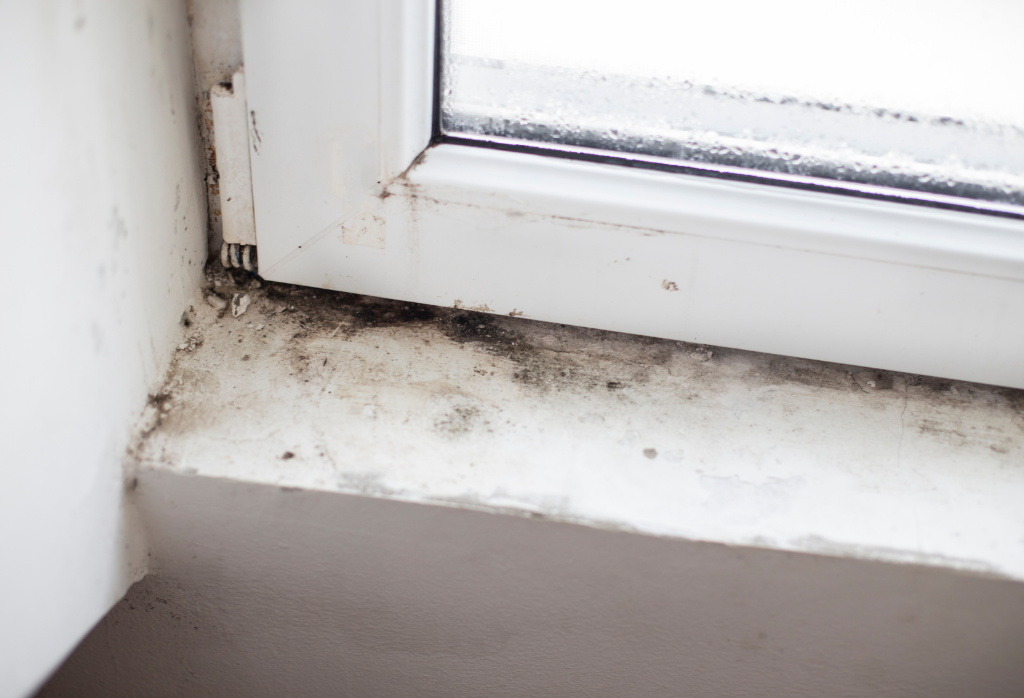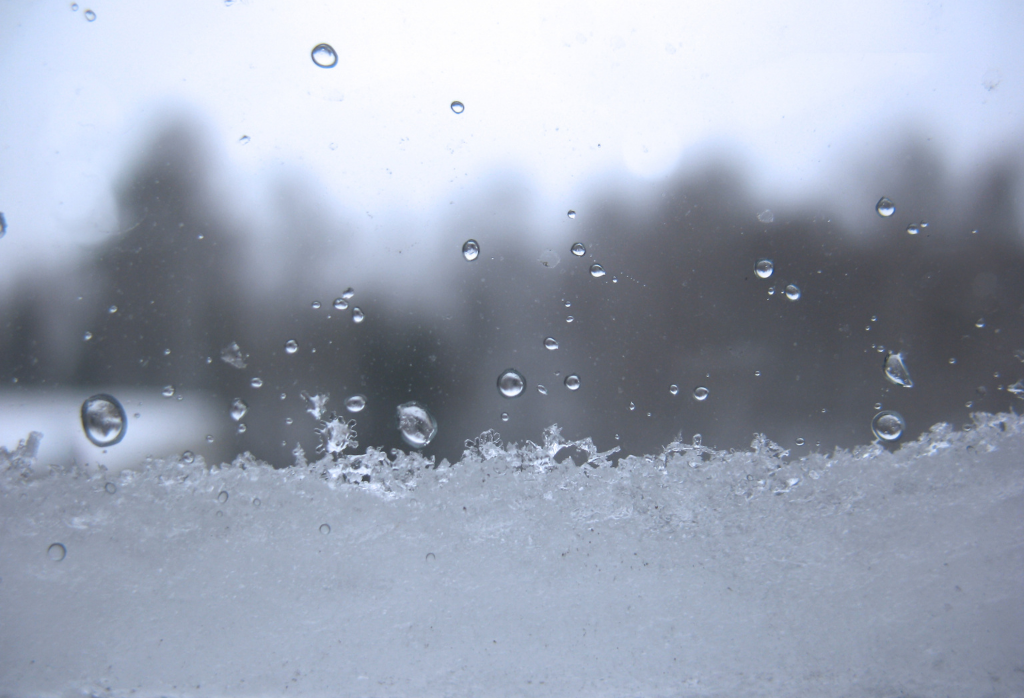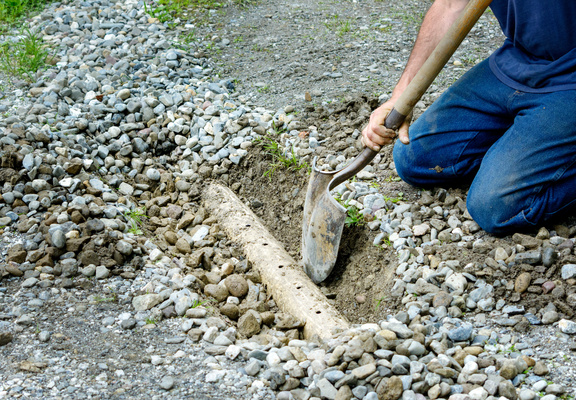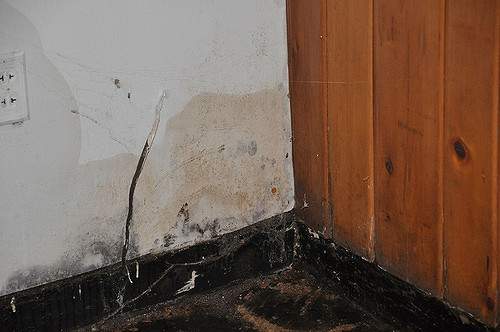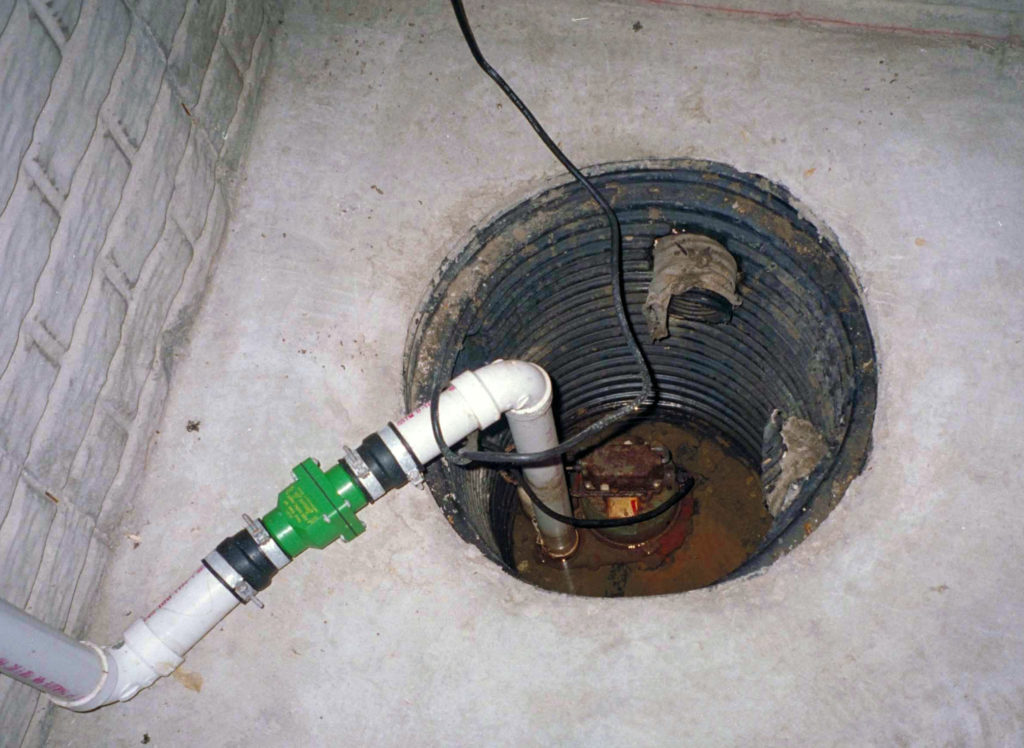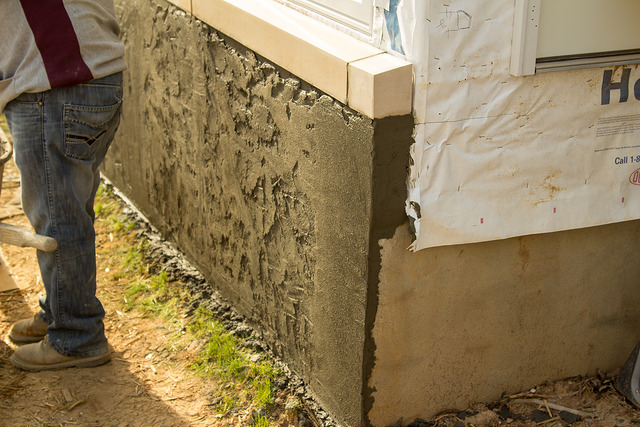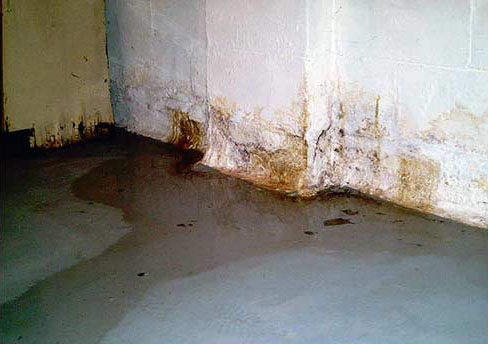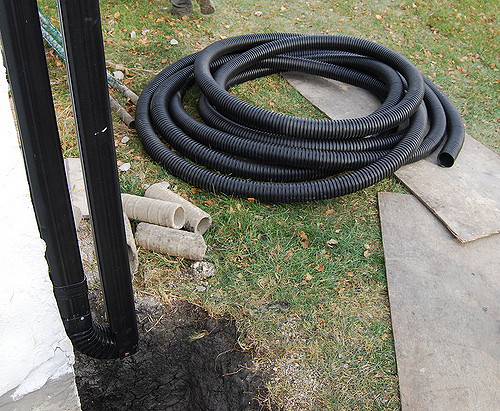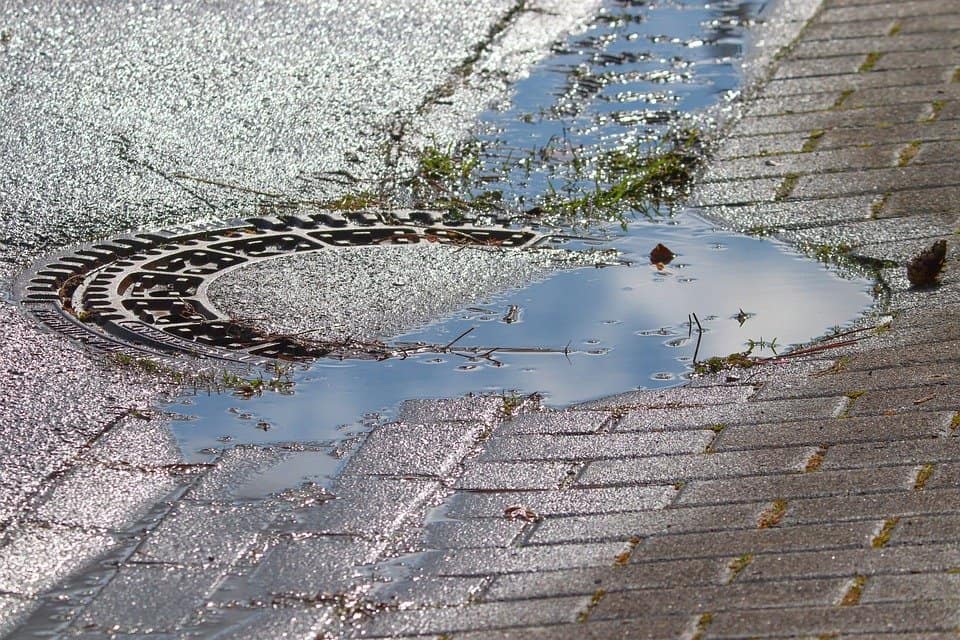blogs
What Does Mold In A Basement Smell Like?
Excess water in the basement is the biggest cause of mold growth, but the moisture may be in hard-to-see parts of this below-ground level. One way most homeowners first detect mold with their nose – the odors of mold can be easily detected. How can you pick out mold from ordinary home aromas?
Read MoreWhat Do I Need To Do To Winterize My Window Wells?
Winter is just around the corner, and it’s time to think about preparing your home for the cold weather. You’ve checked the insulation, your HVAC system, the sealing around your windows and doors – but did you remember the window wells?
Read MoreHow Do Waterproofing Inspections Work?
Waterproofing and drainage problems are not always easy to spot. When these issues are small, they can be almost imperceptible; it isn’t until they become large that the average homeowner notices – think flooded basements, water spots on walls, and damaged items. A professional, visual inspection can detect these problems before they cause extensive (and…
Read MoreWhat’s So Great About French Drains?
Water isn’t immune to gravity: it always moves to the lowest point. On many properties, that can be the ground around a home. When heavy rains fall or snow begins to melt, all that water can flow through the soil and right up to the foundation walls. One of the ways to stop this water…
Read MoreHow Much Time Do You Have After Water Damage Before Mould Sets In?
Water coming into a basement doesn’t only damage the structure of a home and what’s inside – it can cause dangerous mould growth, too. Mould and mildew start growing within 24-48 hours of even the smallest amount of water exposure, and if left longer than two days, the problem can spread far beyond where the…
Read MoreShould A Sump Pump Always Have Water In It?
The average home’s sump pump will see a lot of water over its lifetime. This water is sometimes from a direct flow from rain or snowmelt; other times, it’s the result of seepage. Regardless of the source, you might be wondering, “should there always be water in the sump pump?”
Read MoreHow Are Waterproofing Membranes Made?
Keeping a basement dry means keeping moisture off the outside of the concrete foundation. For this, many homeowners turn to a waterproofing membrane. How are these products made and will they stand up to the pressures surrounding your basement?
Read MoreSummer Drainage Issues To Be Aware Of On Your Property
Spring and winter are the seasons with the most water, but summer poses unique challenges for your foundation and basement. Here are the three most common drainage problems warm weather poses for inside a basement, next to foundation walls, and on the lawn of homes around London!
Read MoreHow Far Below Ground Are Weeping Tiles In A Septic Bed?
Weeping tiles are an important part of your foundation, as they drain excess water away from the walls. But weeping tiles aren’t only found there – they are key to septic systems, too! For homes with a septic system, you may know them as “leaching lines” that send liquid to what’s called the tile bed,…
Read MoreCan You Discharge A Sump Pump Into A Sewer Line?
You see storm drains every day, and you know that they link up to the sewer system. Did you know that this system is different from the one that connects to your home? While it’s easy to assume that all underground pipes use the same system and head to a treatment plant, most cities have…
Read More
